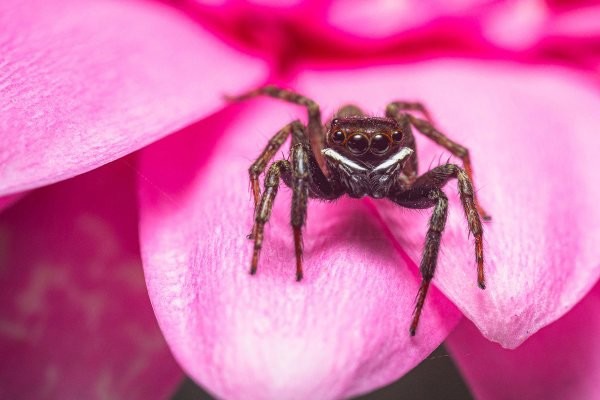Growers have been able to use natural enemies in the fight against pests for decades. But in some cases, these biological control agents are not effective, for example because the crop is not suitable for them. The Greenhouse Horticulture and Flower Bulbs Business Unit of Wageningen University & Research is investigating the opportunities of new biological control agents and new application techniques. Researcher Ada Leman: "Our goal? To ensure that chemical corrections are kept to a minimum."
In some crops, greenhouse temperatures are too low for the successful deployment of natural enemies. In addition there are crops that themselves are not attractive to biological control agents. For example if there is a thin 'wax layer' on the leaves or stems of the crop, making them too slippery for existing natural enemies. Another possible obstacle is that the stems and leaves lack small hairs (trichomes or domatia): in that case, the crop is not attractive to natural enemies either.

Over the next four years, WUR will investigate three possible solutions. These include investigating whether spiders are effective against Lyprauta (in potted orchids), leafhoppes (in amaryllis and basil) and thrips (in potted anthurium, carnation and amaryllis). WUR will also investigate whether lacewings, predatory flies, various Orius species and spiders are effective in lower-temperature crops. Furthermore, the team will examine whether the hairs on a stem or leaf can be imitated (for example with tufts of wool), so that predatory mites still feel at home in a crop without hairs on the stems or leaves.
During the first three years, the research will take place in the lab and research greenhouses of WUR in Bleiswijk; in the last year, the solutions found will be tested in practice at commercial companies. Leman: "Many pests cause financial damage to growers. If there are no suitable natural enemies, it is tempting to use chemical agents. We – my collage Sophie le Hesran and I – hope that this can be limited and that we discover new natural control agents."
The 'Biological control 2.0' project is a PPP and receives financial support from the Top Sector Horticulture & Starting Materials. Partners of the project are: Stichting KijK, Glastuinbouw Nederland, Gewascoöperatie Potorchidee, Gewascoöperatie Freesia, Divine Flowers, Biobest, Floralia, Gipmans and growers' association Antogether. The 'Biological control 2.0' project was launched in mid-May 2024.
Source: wur.nl
